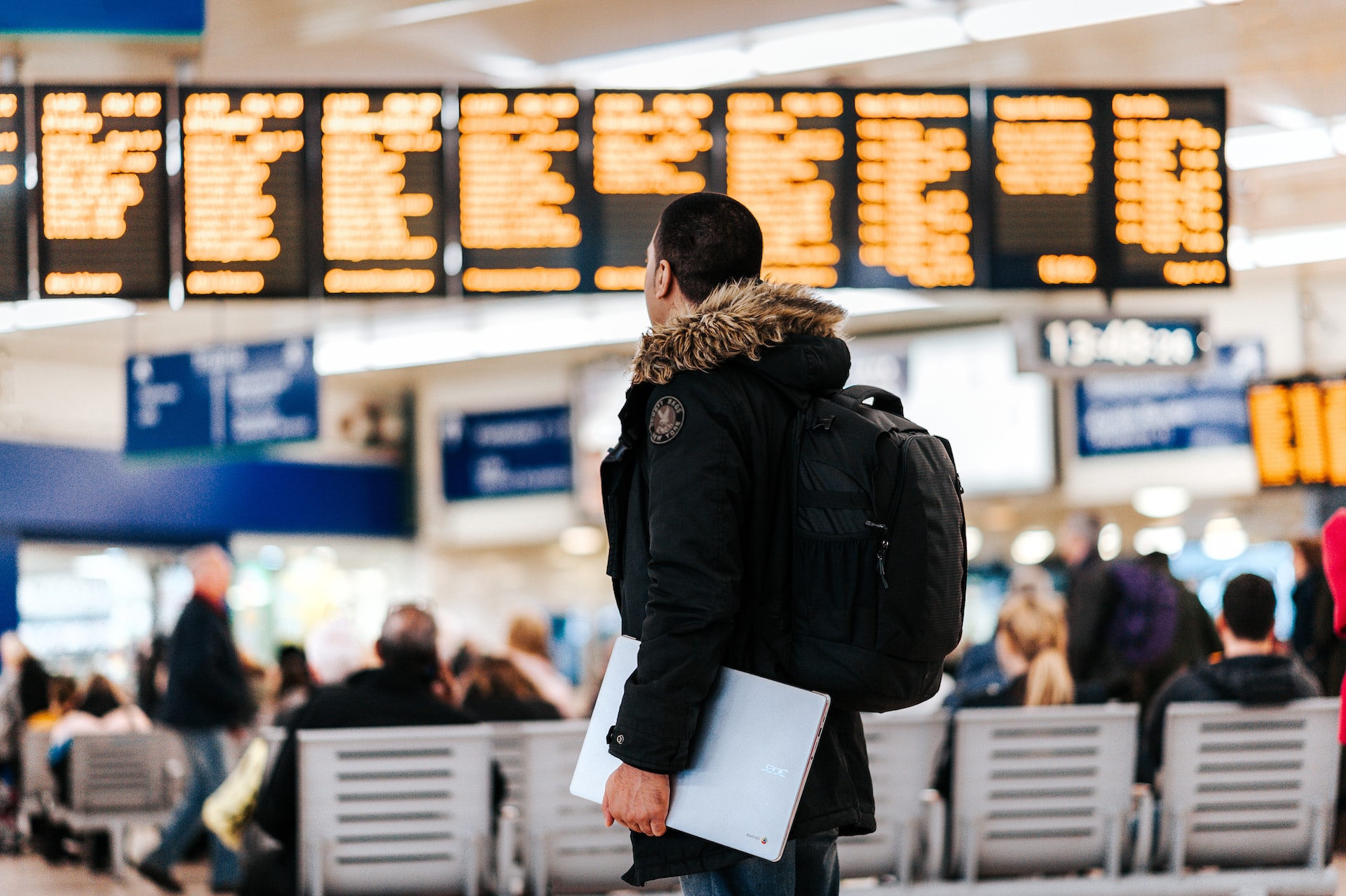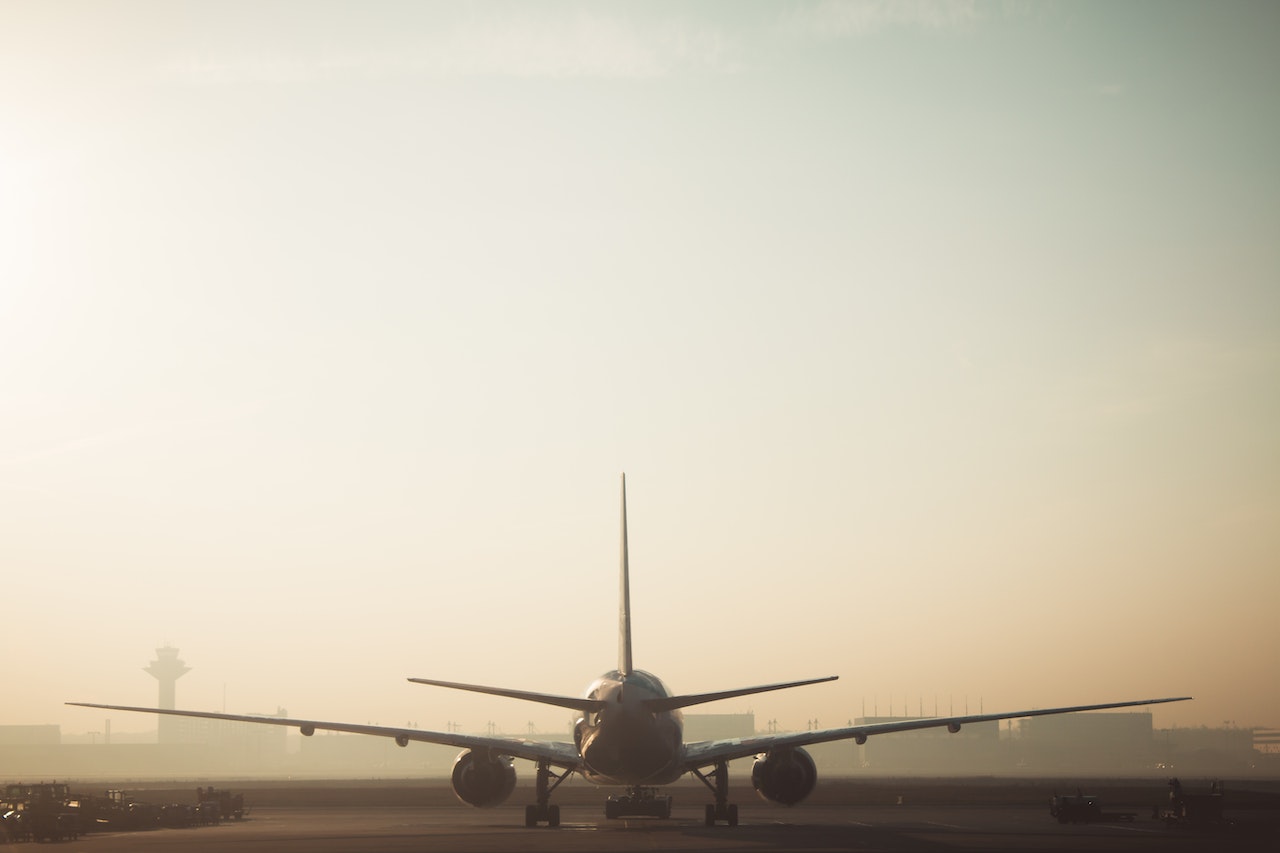Given the global impact of the coronavirus outbreak, many airlines cancelled services and redrew flight paths to avoid any risk of contagion. These precautions had a knock-on effect on the industry, but they also made sense given the circumstances. However, the pandemic also provided airlines with an opportunity to address issues that had long been neglected. When businesses grind to a halt because of an external factor, it can force companies to take stock and look for solutions instead of simply putting out fires. Here are some examples of how airlines reacted during the 2020 pandemic:
Better cabin pressurization
One of the first issues addressed by airlines was cabin pressurization. The problem became evident when a pilot noticed a large number of oxygen masks were falling from the ceiling of the cabin. The pilot asked passengers to check the status of their masks and found that they were dropping because the cabin was losing pressure. The problem was traced back to faulty seals on the airplane’s door that were allowing air to escape. With the cabin losing pressure at a rate of 2,500 feet per minute, passengers would have only had a few minutes before they lost consciousness. This led airlines to check a problem that had gone unnoticed for years. Due to the pandemic, airlines boosted cabin pressure instead of mending the seals. Airlines also checked the pressure on their flights to ensure it met requirements.
More energy-efficient airplanes
Aviation’s reliance on fossil fuels made it a target for environmental groups, but it also put airlines in a difficult situation. Fuel prices had been rising for years, but the pandemic provided an opportunity for airlines to address the issue by investing in more energy-efficient airplanes. Airlines were well-positioned to make these changes since they made procurement decisions years in advance. Some airlines had even drawn up plans for replacing their fleets before the pandemic. As a result, they were ready to invest in more efficient airplanes as soon as they had the go-ahead. The pandemic gave airlines the ability to negotiate more favorable terms with airplane manufacturers, who were eager to restart production at any cost.
Shorter flight times
Airlines also used the pandemic to address the problem of long-haul flights. Long-haul flights were especially problematic since their high fuel consumption and low profitability made them challenging to justify. The pandemic provided an opportunity for some airlines to reevaluate their long-haul services. They found that many of these routes were connecting passengers who could have easily travelled via other modes of transportation. A flight from New York to Florida with a few passengers uses far more fuel than a train. As a result of the epidemic, airlines could reevaluate their long-haul services and eliminate unprofitable routes.
Greater in-flight connectivity
The pandemic allowed airlines to improve in-flight connectivity. Airlines considered this a secondary concern that could be addressed later. However, the pandemic changed this dynamic by forcing airlines to address the issue immediately. With airports closed and many businesses in crisis mode, connectivity providers found themselves unable to deliver services. As a result, airlines had no choice but to prioritize in-flight connectivity and find ways to deliver it. Given the lack of experience in this field, airlines looked for partners who could help them solve the problem. They turned to telecom companies, who had experience delivering services over their networks, to quickly create a system that could be implemented in just a few weeks.
New safety protocols for onboard equipment
Aircraft manufacturers were keen to update their equipment and address the problem of decaying avionics. However, the disruption caused by the pandemic provided an opportunity for them to go above and beyond what would otherwise have been an expensive proposition. Airlines had no choice but to invest in new equipment, since their old systems were at risk of failure. This gave aircraft manufacturers the opportunity to address issues that had been on their to-do list for years. One such issue was the safety protocols for onboard equipment. Due to the lengthy procurement process, many aircraft were delivered with systems that had out-of-date safety protocols. This meant those systems were not compliant with current aviation regulations. The pandemic gave aircraft manufacturers the chance to address this issue and ensure that their systems were up to date.
Safer airport procedures
The pandemic gave airports the opportunity to address the issue of safety procedures at their facilities. These procedures were overlooked since they are typically not a priority for passengers. However, since the pandemic brought travel to a halt, airports were forced to reevaluate their priorities. They found themselves with a lot of free time and decided to address some of their long-neglected issues, such as improving safety procedures. While the pandemic was still ongoing, airports had the chance to make their facilities safer. They could address issues they had overlooked in the past, such as ensuring all staff were trained in first aid, and they could implement new systems that were not possible before the outbreak.



